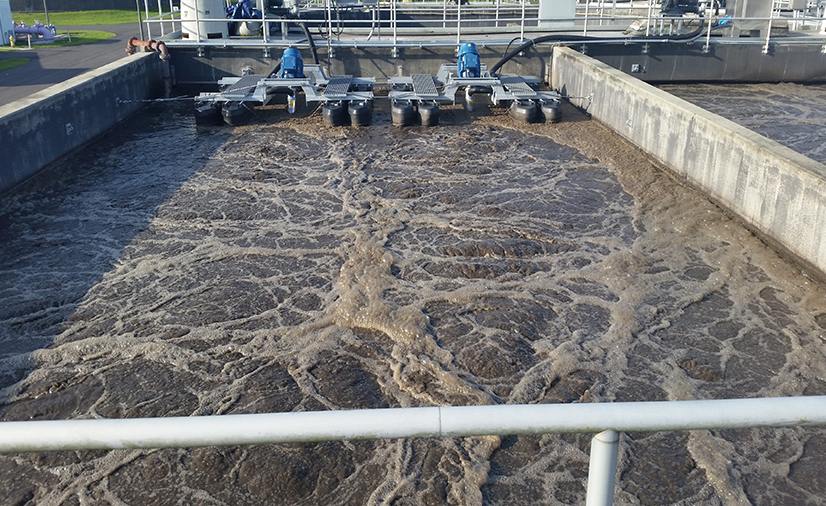
From the appearance, there is almost no difference. They are white particles or powdery solids. They can only be distinguished through small experiments!
(1) Sludge dewatering
According to the nature of sludge, the corresponding types of this product from the cationic pam factory can be selected. The cationic poly can effectively dewater the sludge by gravity before the sludge enters the pressure filtration. During dehydration, it produces large flocs, does not stick to the filter cloth, does not flow away during pressure filtration, uses less, has high dehydration efficiency, and the moisture content of mud cake is less than 80%.
(2) Treatment of sewage and organic wastewater
Cationic polyacrylamide shows positive electricity in acidic or alkaline media, so it is very effective to flocculate, precipitate and clarify the sewage with negative charge of suspended particles in the sewage, such as wastewater of alcohol factory, brewery, monosodium glutamate factory, sugar factory, meat food factory, beverage factory, textile printing and dyeing factory, etc. The effect of cationic polyacrylamide is several times or tens of times higher than that of anionic, non-ionic polyacrylamide or inorganic salt, because this kind of wastewater generally has negative charge.
(1). Industrial wastewater treatment
Anionic polyacrylamide has good effect on the treatment of wastewater with suspended particles ,high concentration, positive charge and neutral or alkaline pH value, steel plant wastewater, electroplating plant wastewater, metallurgical wastewater, coal washing wastewater and other wastewater.
(2) Drinking water treatment
The water source of many waterworks comes from rivers with high sediment and mineral content and relatively turbid. Although through sedimentation and filtration, it can not meet the requirements and flocculant needs to be added. The dosage is 1/50 of inorganic flocculant, but the effect is several times better than that of inorganic flocculant. For rivers with serious organic pollution, using inorganic flocculant in combination with cationic polyacrylamide from a cationic polyacrylamide factory can yield even better results.
(3) Recycling of losing starch and distiller's grains of starch plant and alcohol plant
At present, anionic polyacrylamide from an anionic polyacrylamide factory is added to flocculate and precipitate the starch particles, and then the precipitate is pressed and filtered by the pressure filter into a cake shape, which can be used as feed. The alcohol in the alcohol factory can also be dehydrated by anionic polyacrylamide and recycled by pressure filtration.
The molecular weight of cationic polyacrylamide is generally 5 million to 13 million.
The molecular weight of anionic polyacrylamide is generally 8 million to 25 million.